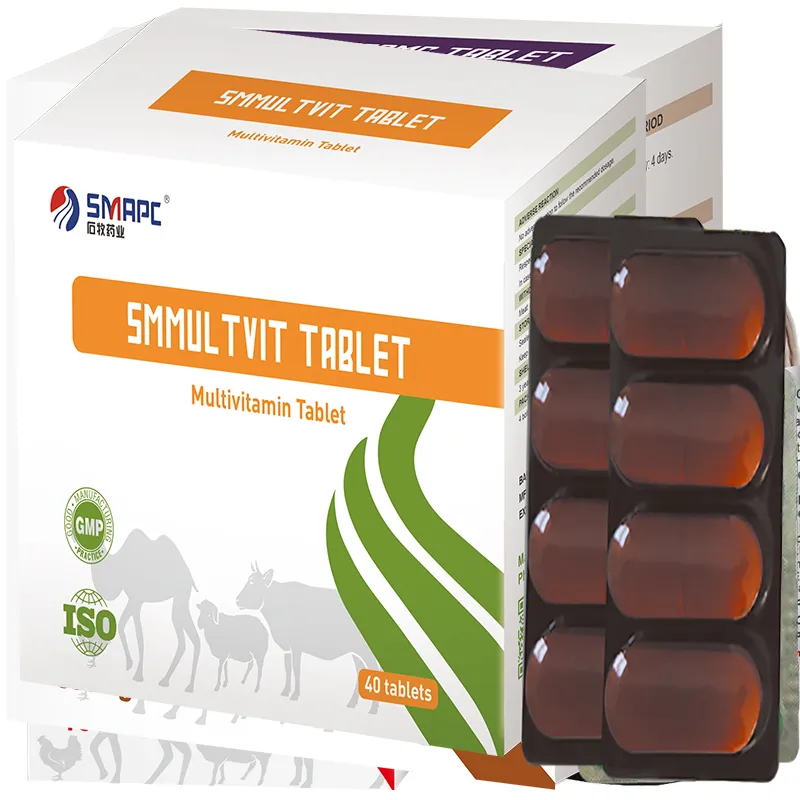Additionally, aspirin should not be administered to pregnant or lactating goats unless specifically directed by a veterinarian, as it can have harmful effects on the developing fetus or nursing kids.




